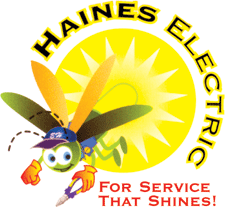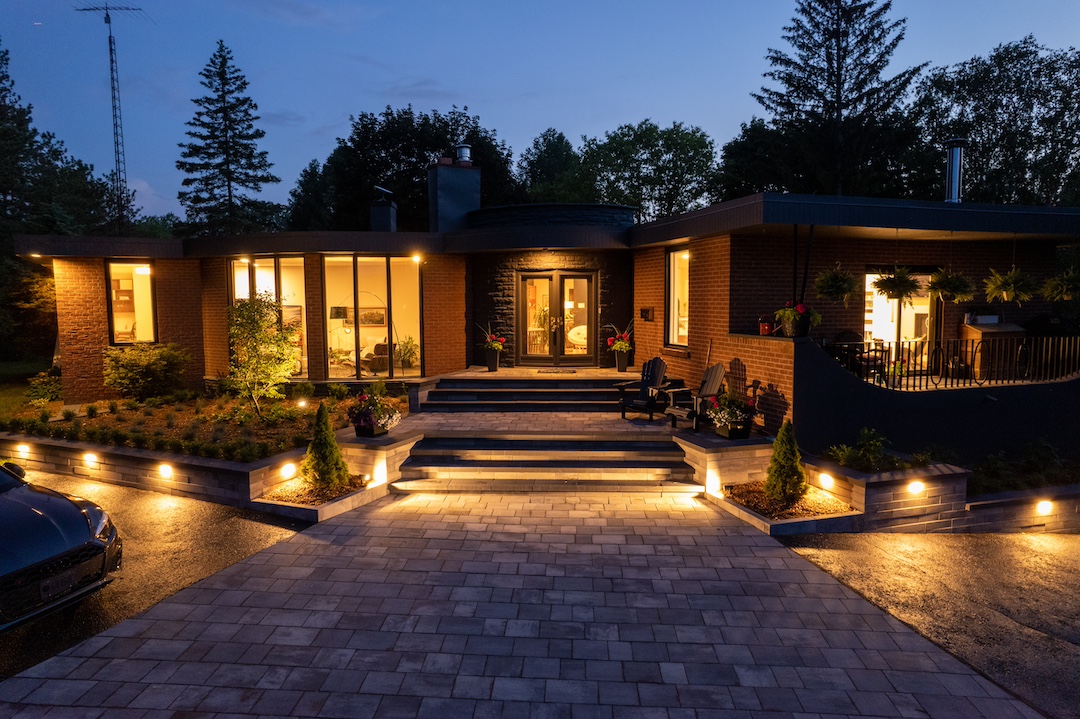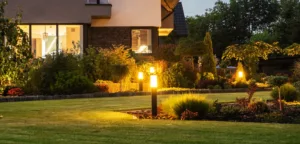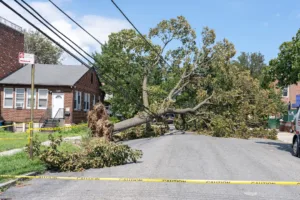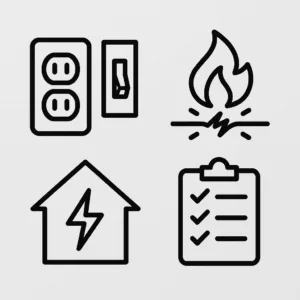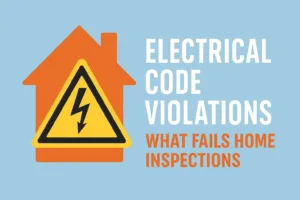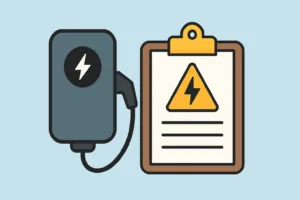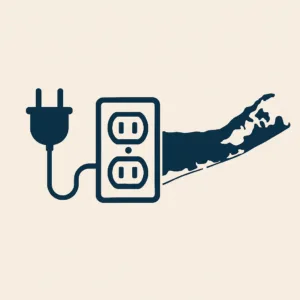Outdoor lighting can truly transform your home’s exterior, enhancing safety, security, and aesthetics. However, planning an outdoor lighting project involves more than just selecting attractive fixtures. To help you create a well-illuminated and compliant space, we’ve compiled essential tips tailored for Nassau County homeowners.
With years of expertise and a commitment to quality, we ensure every project meets the highest standards. We value our customers as part of our extended family, prioritizing your satisfaction and safety. Trust us to provide reliable, professional guidance for your outdoor lighting needs, combining technical knowledge with a warm, approachable service.
First: Assess Your Needs
First, identify the main purposes of your outdoor lighting. Are you aiming to enhance safety and security, boost aesthetics, or increase functionality for outdoor activities? Understanding your goals will guide your lighting choices. A skilled electricians expertise ensures that your lighting needs are met with reliability and a commitment to quality, prioritizing your safety and satisfaction.
Safety and Security
Effective outdoor lighting should deter intruders and illuminate potential hazards. Focus on areas such as pathways, entryways, and driveways to ensure they are well-lit. Motion sensors and timers can be smart additions to maintain security without wasting energy. Our professional team can help you design a plan that optimally illuminates these critical areas, providing peace of mind and robust protection for your home.
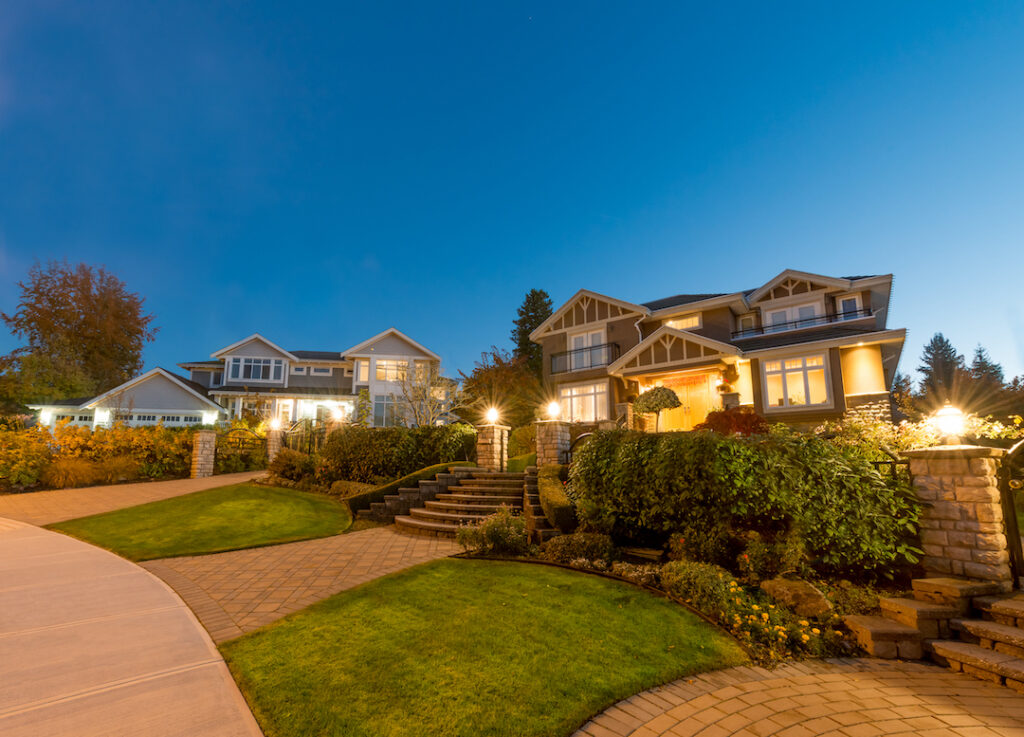
Aesthetic Enhancement
Outdoor lighting can highlight your home’s architectural features and landscape, creating a beautiful and inviting ambiance. Consider accent lighting for trees, gardens, and water features. Uplighting and downlighting techniques can dramatically transform your yard’s appearance, adding depth and dimension. Our expertise ensures that your lighting arrangement is both cohesive and stunning, enhancing your property’s overall visual appeal.
Functionality for Outdoor Activities
If you frequently entertain guests or enjoy outdoor activities after dark, functional lighting is essential. Install lighting around patios, decks, and pools to extend the usability of these spaces. Task lighting can help illuminate grills, outdoor kitchens, and seating areas, ensuring safety and convenience. Rely on our service-oriented approach to design a lighting plan that supports your lifestyle needs, providing both practicality and enjoyment.
By carefully considering these aspects, you can create an effective outdoor lighting plan that meets all your specific requirements. We are dedicated to offering professional, reliable guidance to make your vision a reality, ensuring your complete satisfaction.
Create a Lighting Plan
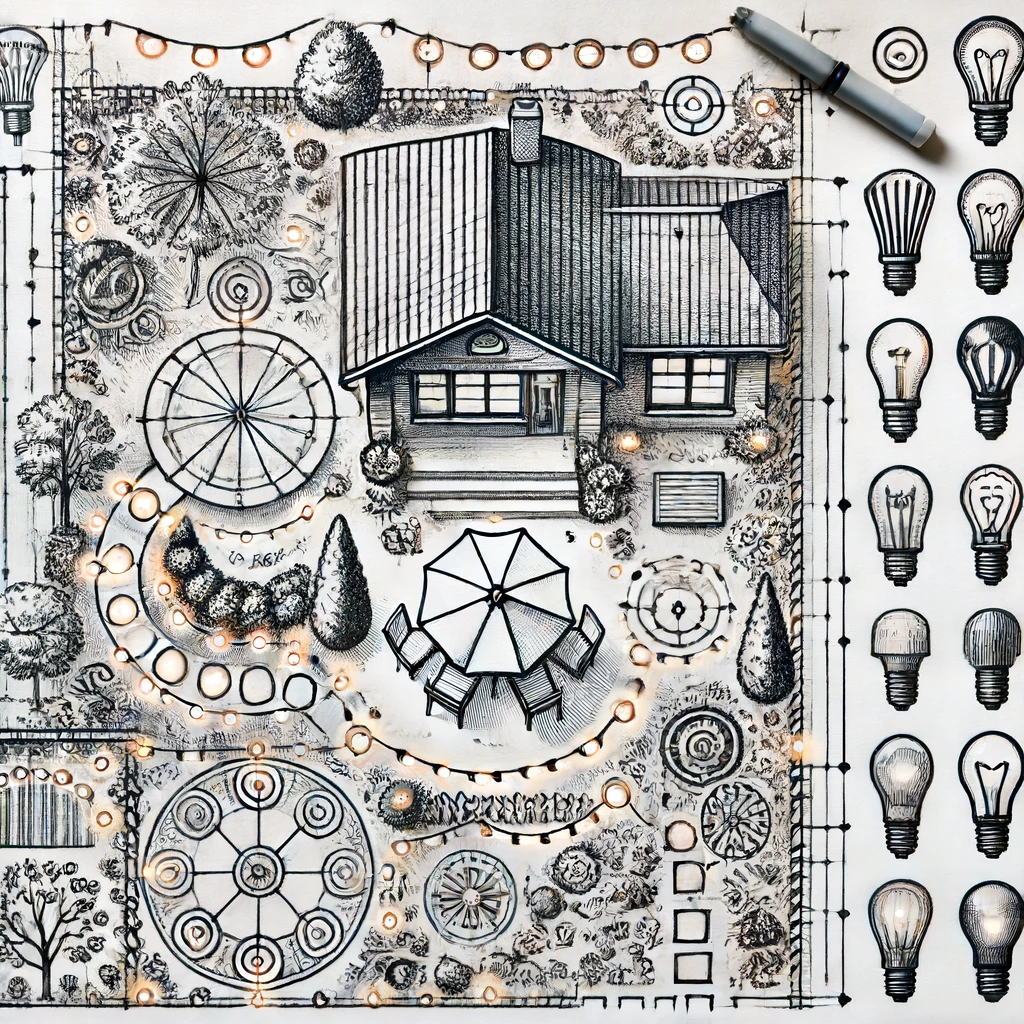
- Sketch out your outdoor space and pinpoint areas that need lighting.
- Consider pathways, driveways, entrances, landscaping features, and outdoor living areas.
- A detailed plan ensures you cover all necessary spots and helps visualize the final outcome.
Choosing The Right Fixtures
Select fixtures that are suitable for outdoor use and complement the style of your home and landscape. Durability, weather resistance, and energy efficiency are key factors to consider.
Opt for high-quality materials that can withstand the elements while providing long-lasting performance. Remember, these lights are going outside in the wind, rain and other
Different Outdoor Lighting Use Cases
- Pathway Lights: Ideal for illuminating walkways and driveways, these fixtures enhance safety and guide guests. Solar-powered options provide energy efficiency.
- Flood Lights: Best for security purposes, flood lights offer bright, wide-area illumination. Consider motion-activated versions to deter intruders and save on energy costs.
- Wall-Mounted Lights: Perfect for entrances and exterior walls, these fixtures provide focused lighting for safety and aesthetics. Choose designs that complement your home’s architectural style.
- Post Lights: Suitable for driveways and garden areas, post lights add elegance and help outline the property. They are a great option for broader areas requiring consistent lighting.
- String Lights: For a festive touch, string lights work well around patios, decks, and pergolas. These lights create a warm, inviting atmosphere for gatherings.
- Spotlights: Ideal for highlighting specific landscape features, spotlights focus light on trees, statues, or water features, adding visual interest and depth to your yard.
- Recessed Ground Lights: Great for modern landscapes, recessed ground lights offer subtle, upward illumination. These fixtures work well along pathways, tree bases, and architectural features.
- Deck and Step Lights: Essential for safety on stairs and decking areas, these fixtures ensure well-lit steps and edges, reducing the risk of trips and falls.
Don't Forget To Layer Your Lighting
Incorporate a mix of lighting layers to create depth and visual interest. Here’s how:
- Ambient Lighting: General lighting for overall illumination.
- Task Lighting: Functional lighting for activities like grilling or reading.
- Accent Lighting: Decorative lighting to highlight architectural features or landscaping.
Mixing these simple ideas will create a space that is well lit and visually appealing.
Focus on Safety and Security
Ensure pathways, stairs, and other potential hazards are well-lit to prevent accidents. Incorporate motion sensors or timers for added security and convenience. Properly lit areas deter intruders and provide peace of mind.
Consider Dark Sky-Friendly Lighting Too!
Opt for fixtures that minimize light pollution and glare, preserving the beauty of the night sky. Choose shielded fixtures and direct light downward. This approach not only protects wildlife but also complies with Nassau County regulations aimed at reducing light pollution.
- Shielded Wall-Mounted Lights: Ensure light is directed downward and does not spill over onto adjacent properties or into the sky.
- Fully Cut-Off Pathway Lights: Designed to direct light downward, these fixtures illuminate paths and walkways effectively while minimizing glare.
- Recessed Downlights: Ideal for outdoor overhangs and soffits, recessed downlights provide focused illumination without contributing to skyglow.
- Low-Height Bollard Lights: These lights are typically equipped with shields or louvers to control light distribution, making them suitable for garden paths and driveways.
- Motion-Sensor Security Lights: Activated only when needed, these lights reduce constant light emission while maintaining security.
- Directional Spotlights: Adjustable fixtures that can be aimed precisely at landscape features or architectural elements to prevent light scatter.
- Bug Lights: Specially designed to emit light in a spectrum less attractive to insects, reducing both light pollution and pest nuisance.
- Solar-Powered Dark Sky Bollards: Sustainable and efficient, these bollards use solar energy and are designed to comply with dark sky standards.
By choosing these types of fixtures, you can illuminate your outdoor spaces responsibly, ensuring both functional lighting and the preservation of our night skies. Trust our professional team to help you select the best dark sky-friendly options tailored to your needs.
Think About Power Sources
Determine whether your lighting will be hardwired, solar-powered, or low-voltage. Each option has its benefits:
- Hardwired: Offers reliable power but requires professional installation.
- Solar-Powered: Eco-friendly and cost-effective but dependent on sunlight.
- Low-Voltage: Energy-efficient and easier to install but may require a transformer.
Pay Attention to Light Direction and Placement
Position fixtures to minimize glare and direct light where it’s needed most. Avoid shining lights directly into neighbors’ windows or causing light trespass. Proper placement ensures even illumination and enhances the overall look of your outdoor space.
Test Your Design
Before finalizing your outdoor lighting layout, test the placement and brightness of fixtures at night. This allows you to make adjustments and ensure optimal results. A little trial and error can save you from costly changes later on.
For example, buy only 1 path light to start and see how much light it throws, plan from there how many you really need and if you light the brightness of the light chosen. From there you can incorporate any style, dark sky friendly lights or start considering power sources.
Nassau County Outdoor Lighting regulations
- Control Light Pollution: Try to use dark sky-friendly fixtures to reduce light pollution.
- Energy Efficiency: Ensure your lighting is energy-efficient to save on electricity bills.
- Safety and Aesthetics: Follow standards for proper installation to prevent hazards and maintain a consistent look.
- Timing and Duration: Adhere to guidelines for appropriate lighting times to minimize disturbances.
You're Ready To Start Your Outdoor Lighting Project
Planning an outdoor lighting project requires careful consideration of various factors, from assessing your needs and creating a lighting plan to choosing the right fixtures and ensuring compliance with local regulations. For a flawless execution, consider consulting with a professional who can provide expert advice and ensure your design meets all safety standards.
Ready to illuminate your outdoor space? Contact one of our Haines Electric professionals today and turn your vision into reality.
